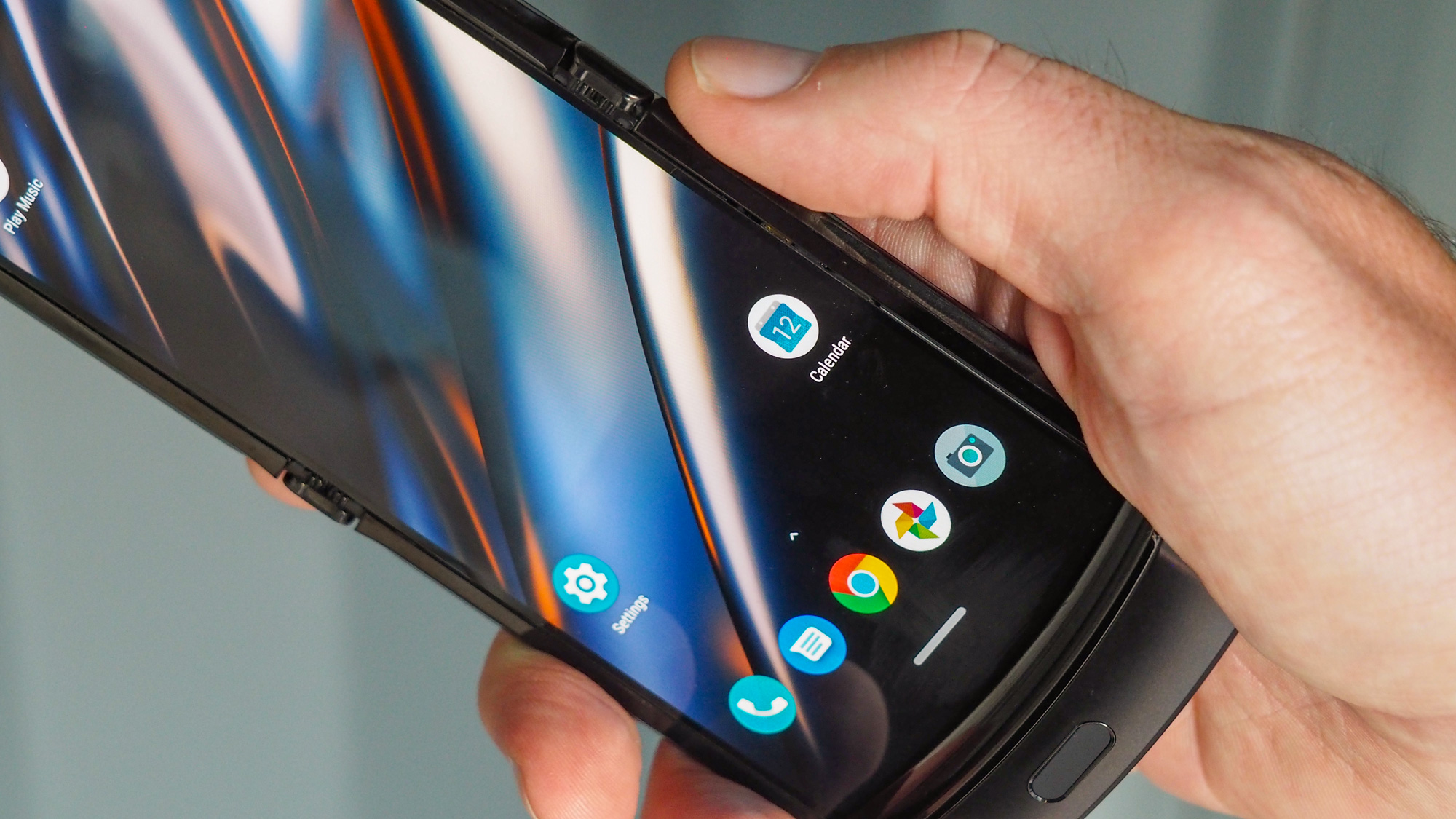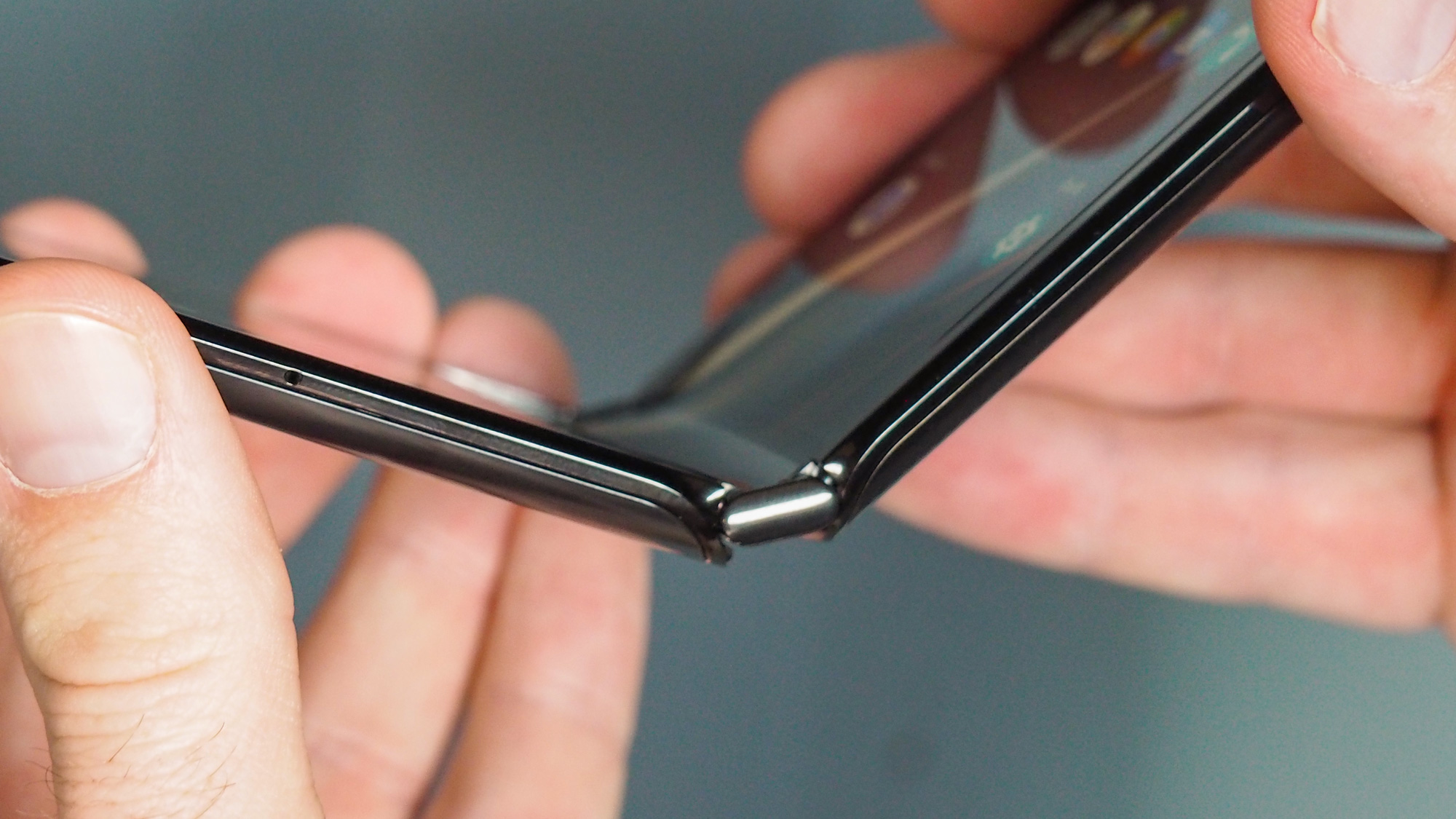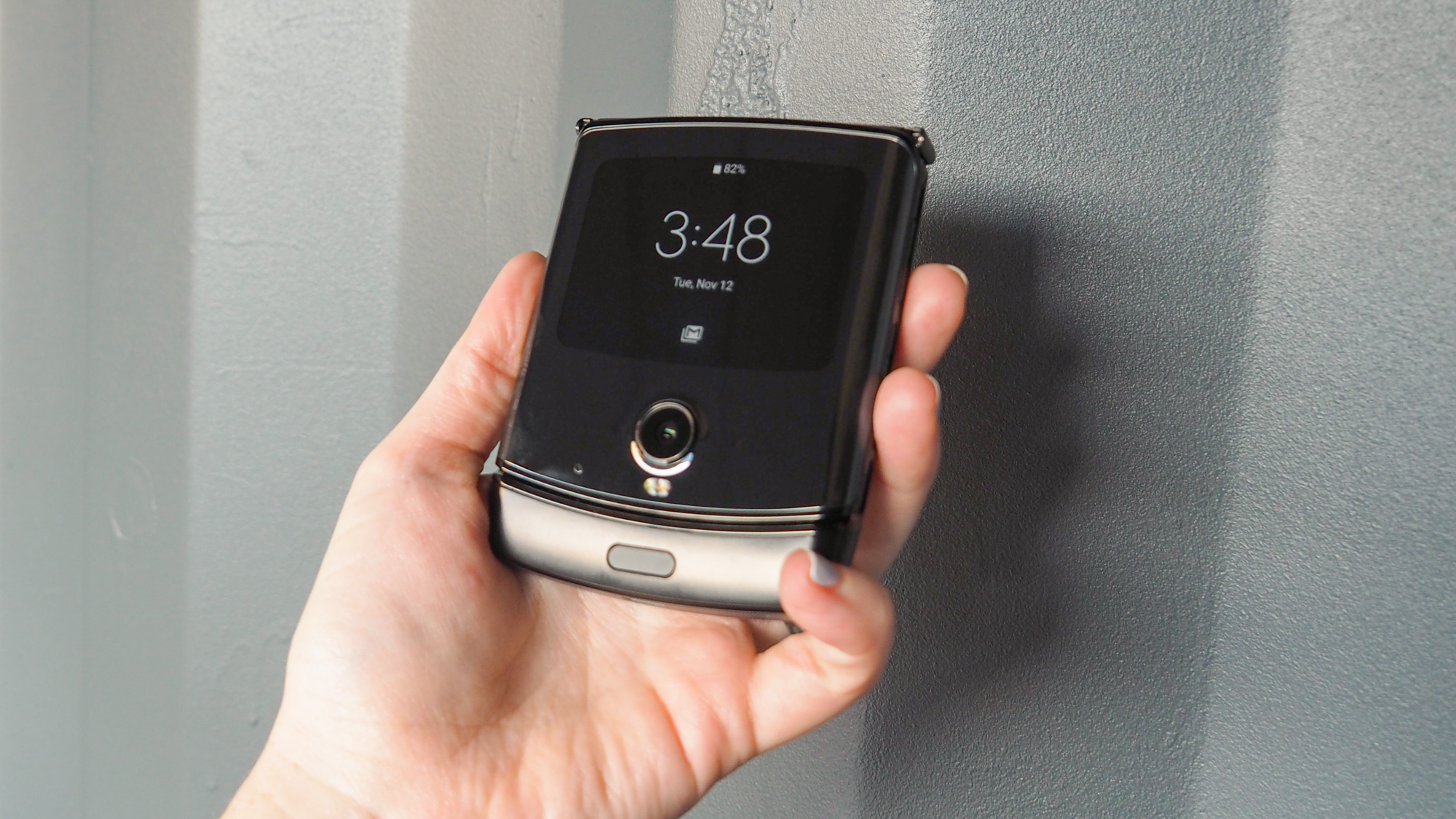Motorola’s foldable Razr just made phones fun again
It’s expensive, but eye-catching

Smartphones have become boring. Every year brings more advanced cameras (great!), slightly larger displays with slightly smaller bezels (cool!) and new software features like...Dark Mode (yawn). Sure, phones are getting better all the time, but they all look basically the same. The thrill is gone. When Samsung and Motorola announced they were both working on foldable display technology that would allow you to expand a device into a giant phone, I was intrigued.
But then Samsung’s Galaxy Fold debuted, and we all know what happened. That device ran into a slew of display problems that required months to fix, and now that it’s actually a product you can buy in stores, few people have the $1,980 (or the inclination) to snatch it up.
I didn’t have high hopes for the Motorola Razr, which was unveiled this week. I skeptically assumed Motorola was playing on our collective nostalgia for the classic Razr, which I owned and loved, in an effort to convince us to overlook the failings of foldable screens. But when I saw the Razr up close at Motorola’s Los Angeles launch event Wednesday (Nov. 13), my skepticism dissipated. Despite my best efforts, I really like this phone. I’m excited about the future of foldable screens. Who have I become?
Where Motorola beats Samsung
The Galaxy Fold underwhelmed me from the start, with a design that resembles two phones stacked on top of each other to create one gigant-o-phone. And that’s before you flip it open, revealing a square tablet. Nothing about it appealed to me.

Motorola decided to revive its most beloved phone, the Motorola V3 with its classic clamshell design, not only because it’s retro (though it is), but because a 2.7-inch phone that can become a 6.2-inch phone is literally a dream come true. Smartphones are too massive — not one of the devices I’ve tested in recent years fits in any of my jean pockets — and yet I want a giant screen. The Razr offers both of those things.
Then there’s the hinge Motorola designed to eliminate any gaps or creases when the phone is closed or open, unlike with the Galaxy Fold, which has both a gapped hinge and a noticeable crease through its interior display.

“What I liked the most is how they reinforced the back of the display so it feels less plasticky, and so that there is no seam or dip,” said Creative Strategies analyst Carolina Milanesi. “As far as vulnerability, it does seem a more complex design [than the Galaxy Fold] with the display sliding into the chin of the device.”
Get instant access to breaking news, the hottest reviews, great deals and helpful tips.
But it’s not really a competition. The two companies are approaching foldable display technology from opposite angles. Motorola is using its classic Razr design to invoke nostalgia and reignite interest in foldable screens after the kerfuffle over their durability. Samsung is aiming for power users who don’t mind paying top dollar for cutting-edge technology.
“They’re different products aimed at different problems and different buyers,” said Techsponential lead analyst Avi Greengart. “The Fold is a tech statement piece aimed at early adopters who want a tablet in their pocket. The Razr is a design statement aimed at mainstream luxury buyers who want something small, full-sized, and retro all at the same time.”
Razr’s flaws
The Fold is a tech statement piece aimed at early adopters who want a tablet in their pocket. The Razr is a design statement aimed at mainstream luxury buyers who want something small, full-sized, and retro all at the same time.
— Avi Greengart, Techsponential
Still, Motorola made a few decisions that I’m scratching my head over. For instance, why open up pre-orders for a $1,500 phone on Dec. 26, a day when most people coming off holiday shopping sprees are pledging to never spend money again? Why lock a desirable phone to one carrier (in this case, Verizon)? And why choose an old mid-range processor (Qualcomm’s Snapdragon 710) to power this pricey device?
We can only guess as to the first two decisions, but the third seems dictated by the nature of the Razr’s form.
“Some decisions I would guess were driven by design limitations,” Milanesi said. “[The] battery could not be huge due to weight balance when you unfold the device. This might have lead to picking a processor that would not drain the battery as much as a more powerful one.”

The battery is also chintzy at 2,510 mAh, especially compared to other flagship phones half the price. The power-efficient processor might help the Razr eke out average battery life, but I don’t have my hopes up.
“Sometimes a device isn’t bought for specs, but for unique design and purpose — in this case, making a phone with a large, 6.2-inch display fold flat to fit easily in your pocket,” Greengart said. “It’s rather extraordinary, and while the price makes it something of an exclusive luxury item, I expect it will sell extremely well.”
Outlook
I’m not sure how many foldable Razrs Motorola will sell, but I think the company just set the bar for foldable phones. Samsung recently announced that it’s working on a foldable with a clamshell design, similar to the Razr. I envision one day Apple will make an iPhone 11 Pro Max-style phone that folds down to an iPhone SE size. (A woman can hope, right?)
After years of stagnation, smartphones are finally interesting again.
Caitlin is a Senior editor for Gizmodo. She has also worked on Tom's Guide, Macworld, PCWorld and the Las Vegas Review-Journal. When she's not testing out the latest devices, you can find her running around the streets of Los Angeles, putting in morning miles or searching for the best tacos.
